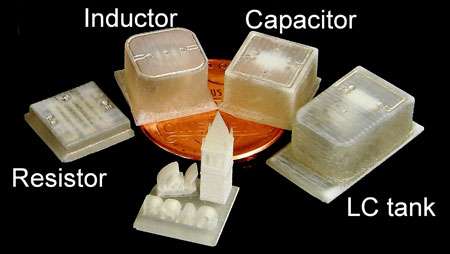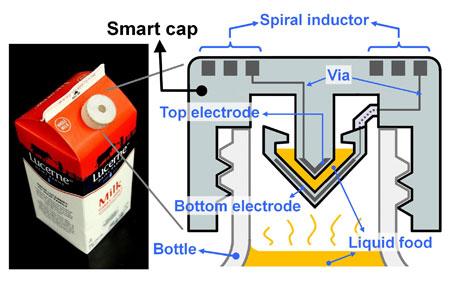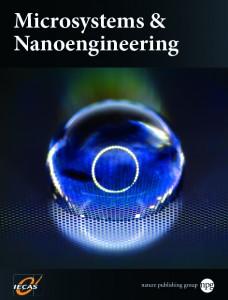 Currently, milk in my household undergoes a complex and highly scientific process before we determine if it is still safe to drink. I remove the milk container from the refrigerator, look into it by closing one eye and squinting, smell it, and then say to my husband, “Come smell this; does it smell right to you?” We instituted this system due to a milk based disaster in which I poured a bowl of cereal, cut up a banana, and psychologically prepared myself for eating it only to have the milk come out of the container in globs.
Currently, milk in my household undergoes a complex and highly scientific process before we determine if it is still safe to drink. I remove the milk container from the refrigerator, look into it by closing one eye and squinting, smell it, and then say to my husband, “Come smell this; does it smell right to you?” We instituted this system due to a milk based disaster in which I poured a bowl of cereal, cut up a banana, and psychologically prepared myself for eating it only to have the milk come out of the container in globs.
Luckily, scientists at Berkeley, in conjunction with the National Chiao Tun University in Taiwan, have finally recognized the importance of addressing the needs of the millions of consumers who daily have to rely on less than perfect systems for testing the suitability of their refrigerated foods. In the just released Journal of Microsystems and Nanoengineering, the team has released the details of a process for printing electrical components that has allowed them to create a wireless smart cap that has embedded sensors for the detection of spoilage. Senior author Liwei Lin explained their hopes for the innovation:
“Our paper describes the first demonstration of 3D printing for working basic electrical components, as well as a working wireless sensor. One day, people may simply download 3d printing files from the internet with customized shapes and colors and print out useful devices at home.”
 The creation of the bacteria sensing cap was the result of efforts to learn about the connection between basic and applied sciences. Basic research is an effort to generate knowledge for its own sake, while applied research is an effort to generate knowledge that has a direct application. Often, these two schools of research are seen as existing in opposing camps, but this is a project where the importance of basic research to the advancement of applied science is abundantly clear.
The creation of the bacteria sensing cap was the result of efforts to learn about the connection between basic and applied sciences. Basic research is an effort to generate knowledge for its own sake, while applied research is an effort to generate knowledge that has a direct application. Often, these two schools of research are seen as existing in opposing camps, but this is a project where the importance of basic research to the advancement of applied science is abundantly clear.
 The journey to the cap began with a group of researchers who were interested in working with polymers for the creation of electronic devices. Polymers have a very high degree of flexibility which allows them to be shaped as needed and makes them a popular material for 3D printing. This has not transferred well to the interest in the creation of printed electronics because polymers are very poor conductors of electricity. To address this disconnect, researchers decided it would be best to combine the flexible shell created by polymers that had a ‘spacer’ printed in wax which could then be removed and filled with a metal, in this case silver. By manipulating the shape of the metal, the researchers were able to get it to perform the function of different electrical components.
The journey to the cap began with a group of researchers who were interested in working with polymers for the creation of electronic devices. Polymers have a very high degree of flexibility which allows them to be shaped as needed and makes them a popular material for 3D printing. This has not transferred well to the interest in the creation of printed electronics because polymers are very poor conductors of electricity. To address this disconnect, researchers decided it would be best to combine the flexible shell created by polymers that had a ‘spacer’ printed in wax which could then be removed and filled with a metal, in this case silver. By manipulating the shape of the metal, the researchers were able to get it to perform the function of different electrical components.
Then comes the question dreaded by basic researchers everywhere: so what?
“To answer that, the researchers integrated the electronic components into a plastic milk carton cap to monitor signs of spoilage. The ‘smart cap’ was fitted with a capacitor and an inductor to form a resonant circuit. A quick flip of the carton allowed a bit of milk to get trapped in the cap’s capacitor gap, and the entire carton was then left unopened at room temperature (about 71.6 degrees Fahrenheit) for 36 hours.”
 As the levels of bacteria increased, the electrical signals produce change and those changes could be detected by the circuit. The detection of these changes were monitored wirelessly and successfully indicated the decline in the freshness of the milk. This is more than just a novelty, however, as Lin explained:
As the levels of bacteria increased, the electrical signals produce change and those changes could be detected by the circuit. The detection of these changes were monitored wirelessly and successfully indicated the decline in the freshness of the milk. This is more than just a novelty, however, as Lin explained:
“This 3D printing technology could eventually make electronic circuits cheap enough to be added to packaging to provide food safety alerts for consumers. You could imagine a scenario where you can use your cellphone to check the freshness of food while it’s still on the store shelves.”
And that means no more sniff test, but I think that’s a ritual actually worth retiring. What do you think about this unique new invention, created thanks to 3D printing technology? Discuss in the 3D printed smart cap forum thread on 3DPB.com.
Subscribe to Our Email Newsletter
Stay up-to-date on all the latest news from the 3D printing industry and receive information and offers from third party vendors.
You May Also Like
3D Printing Financials: Protolabs’ Q1 3D Printing Revenue is Flat, Company Advances in Technology Push
Protolabs (NYSE: PRLB) has kicked off 2024 with a mild boost in revenue, revealing how the Minnesota-based company manages to adapt and thrive even in uncertain market conditions. While the...
NASA Backs Project for 3D Printing Space Sensors
NASA granted $300,000 to Florida State University (FSU) and Florida Agricultural and Mechanical University (FAMU) to pioneer a project using 3D printing to develop cutting-edge sensors capable of withstanding the...
Further Understanding of 3D Printing Design at ADDITIV Design World
ADDITIV is back once again! This time, the virtual platform for additive manufacturing will be holding the first-ever edition of ADDITIV Design World on May 23rd from 9:00 AM –...
Daring AM: Rocket Lab Shoots for the Stars, Astrobotic Wants to 3D Print on the Moon
Once again, space exploration teams up with the 3D printing industry, launching projects that could change how we explore space. Pioneering space manufacturer Rocket Lab (Nasdaq: RKLB) secured a $14.49...

































